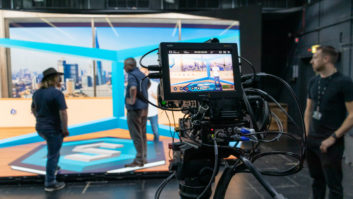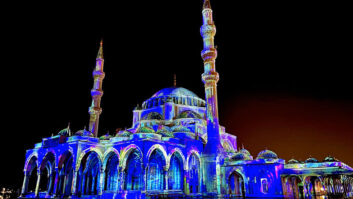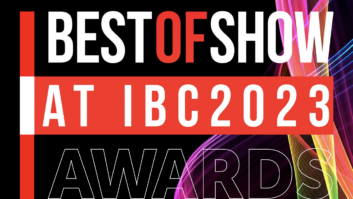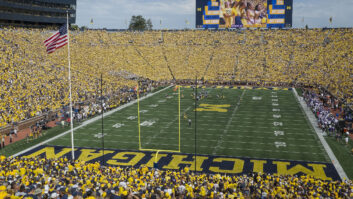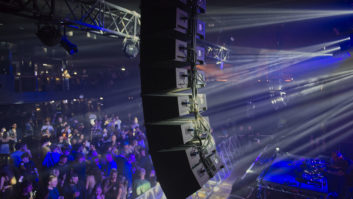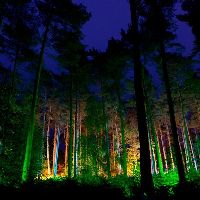
White Light has helped bring forests in Kent, Suffolk and Dorset to life during the winter with a series of lighting installations in the Electric Forest project. Entertainment lighting specialist White Light has spent the winter helping lighting designer Phil Supple bring light to the dark winter nights at forests around the UK as part of Culture Creative’s Electric Forest project. This saw lighting transform the Bedgebury Pinetum & Forest in Kent during October, High Lodge at Thetford Forest in Suffolk during December and the Moors Valley Country Park & Forest in Dorset this February. The Electric Forest was born out of the Northumberland Lights project with which White Light was closely involved some years ago. “In the winter of 2007, the Northumberland Lights production team staged an illuminated night-time walk through the beautiful landscaped woodland of The Cragside Estate’s Victorian Pinetum,” Phil Supple explained. “Ideas for a technologically and creatively enhanced forest experience were further developed in 2008 on the shores of Northumberland’s Kielder Water. By then the production team – myself, event producer Zoe Bottrell and her team at Culture Creative, a core team of artists and outdoor specialist technicians, with great technical support from White Light – had the beginnings of a plan for an event that could be transferred to different locations.” Electric Forest consists of a series of interventions along an accessible route of between one and two miles in length that leaves from and returns to visitor facilities in a public recreational forest, held early evening after dark. The project uses lighting and sound to create spectacular visual and sometimes audio treatments to transform the experience of passing through the forest. The design uses a range of equipment that is both easy to carry to and install in remote locations and able to survive for up to three weeks outside in a British winter. “The Par Can is our tool of choice in all its forms,” said Supple, “and we also use, amongst other things, Chroma-Q Color Punches, IP65 encapsulite fluorescents, Source Fours, and lots of LED fairy lights. We also use a quite extraordinary amount of cable.” Supple aims to ensure that visitors get to see the forest lit without seeing the equipment required to light it. “Our event atmosphere is based around sensitive treatment of the environment, and the trees are quite theatrical in nature, so we try to hide lighting kit as much as possible. We also avoid floodlighting principles generally and try to keep the light out of the public’s eyes.” His working environment is also one that Supple strives to care for as much as possible. “I have always tried to find and use alternatives to diesel generator power, but sadly the bulk of the work has to be powered from conventional, super-silent event specification generators for reasons of cost, capacity and reliability – though we use very little diesel and are always rigorous in the specification, balancing and loading of the generators to get the maximum work for the minimum fuel.” More recently, he has started using White Light’s HyLight500 hydrogen fuel cells, finding them “particularly useful for illuminated signage on approach drives and access paths some distance from power sources.” The result has been enjoyed by countless visitors across the three forests – and with planning already underway for next winter, seems certain to delight many more in the years ahead. Photo: The Electric Forest 2011, Bedgebury Pinetum & Forest (c) Rikard Österlund www.theelectricforest.co.ukwww.culturecreative.co.ukwww.lightrefreshment.co.ukwww.WhiteLight.Ltd.uk

